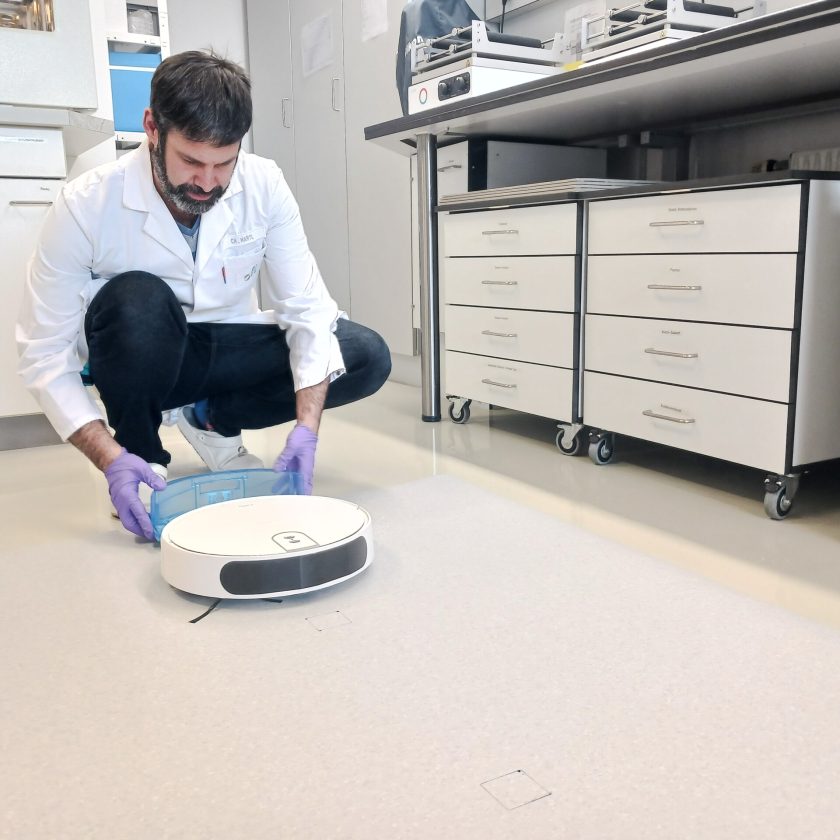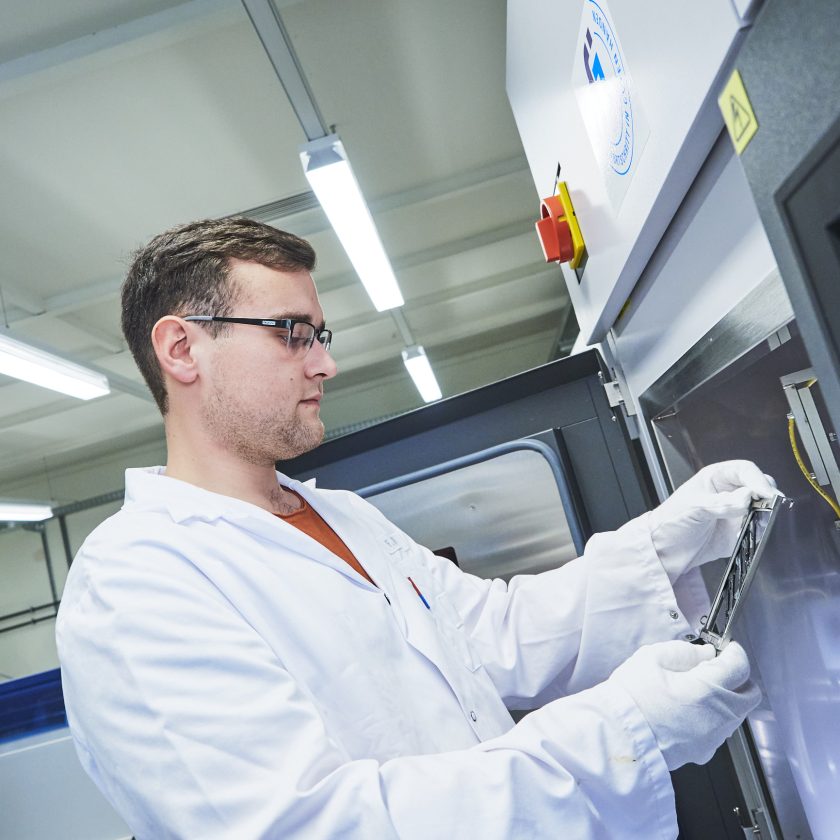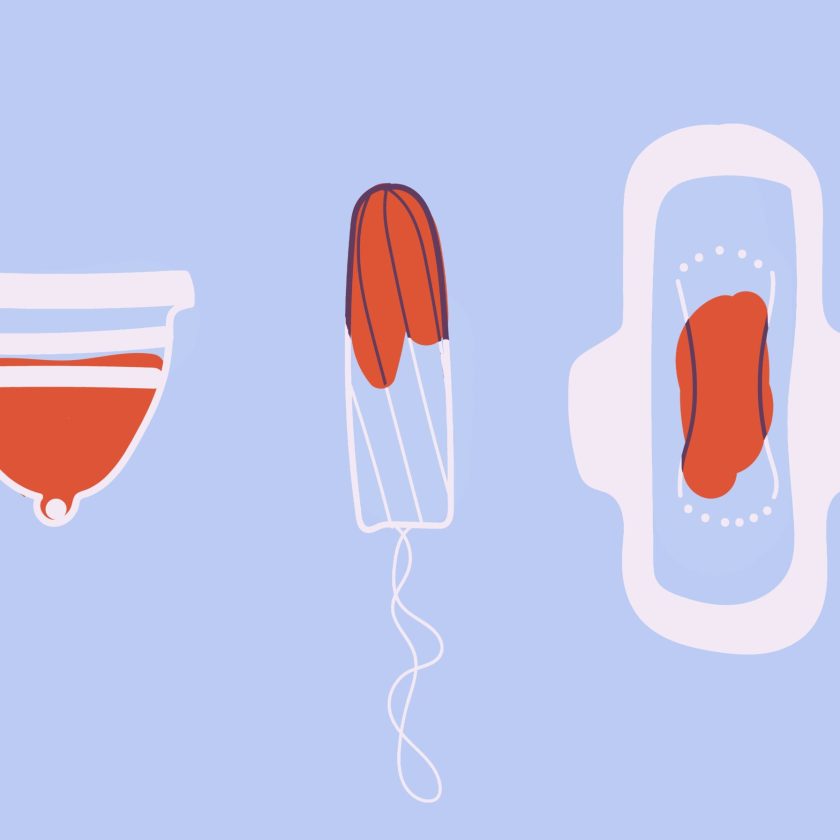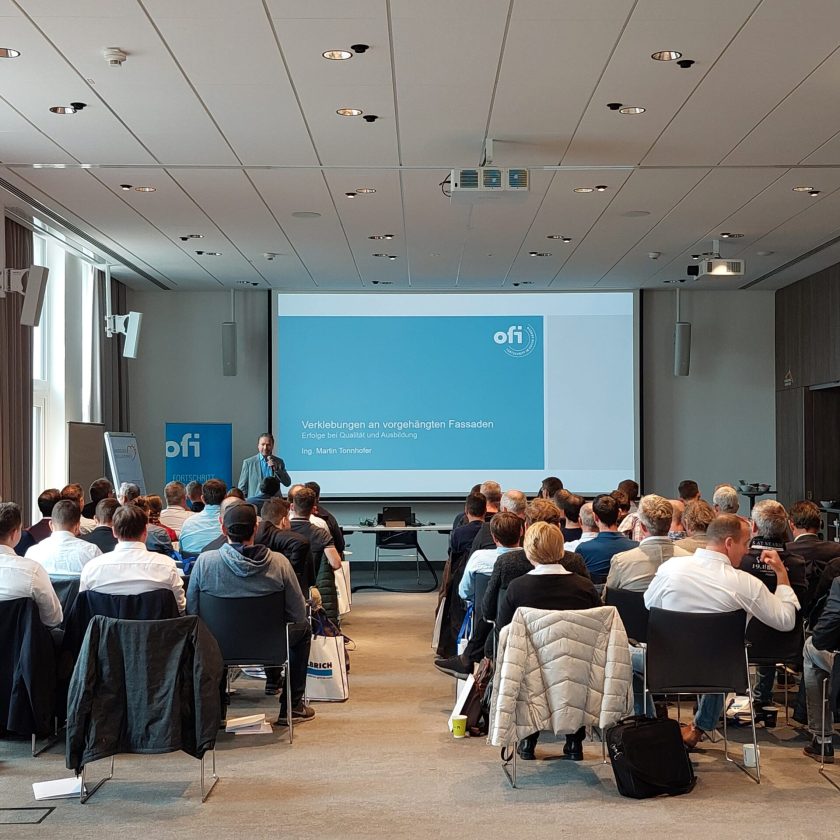As recent studies have shown, microplastic particles are now an integral part of our environment. They find their way into our ecosystems via various pathways and thus become part of our nutrition. But where do the particles that we ingest with our food come from? OFI has been working intensively on this question in the international research project “microplastic@food”.
You can’t smell it, you can’t taste it and yet it has become part of our nutrition: microplastics. According to estimates, up to 300,000 tons of microplastic particles are released into the environment in the EU every year. The Austrian Federal Ministry for Climate Action, Environment, Energy, Mobility, Innovation and Technology (BMK) has launched the Microplastics Action Plan to combat this and contribute to the implementation of the EU Green Deal. The aim is to develop reliable methods for identifying microplastics, to locate sources of microplastic particles and, based on this, to initiate avoidance strategies.
OFI has made a contribution to this together with international cooperation partners as part of the “microplastic@food” research project. Coordinated by ecoplus food cluster and IVLV, the research institutions OFI, University of Bayreuth and Leibniz Institute of Polymer Research Dresden investigated potential microplastic contamination in various food categories and developed standardized detection methods for qualitative and quantitative analyses. Different case studies, such as mineral waters, differently clarified juices, salt and sugar, were used for the analyses. The aim was to develop a valid method for detecting different types of microplastics in liquid foods.
“All potential sources of contamination were scrutinized in the project ‘microplastic@food’, starting with the incoming inspection of raw materials and the assessment of the production environment, through to checking suitable packaging materials and designs and the end products,” says Michael Washüttl, Head of Packaging & Recycling at OFI. Based on the results of the research project, basic measures can be derived to reduce or prevent the entry of microplastic particles. The project consortium has summarized these in a separate catalogue of measures for the companies involved in the project from the food, beverage and packaging industries.
“Microplastics find many ways to sneak into our food,” Washüttl points out. “The conclusions of the research project ‘microplastic@food’ clearly show how complex the issue is and how much research is still needed to identify all potential sources of entry and to develop suitable, successful counter-strategies based on this.” Research continues at OFI. In the follow-up project “MICROPLEXFOOD” the methodology developed is to be applied to more complex foods, such as cloudy drinks, dairy products or processed meat products.
More information about the project: https://microplastic-food.org/en/index.html




